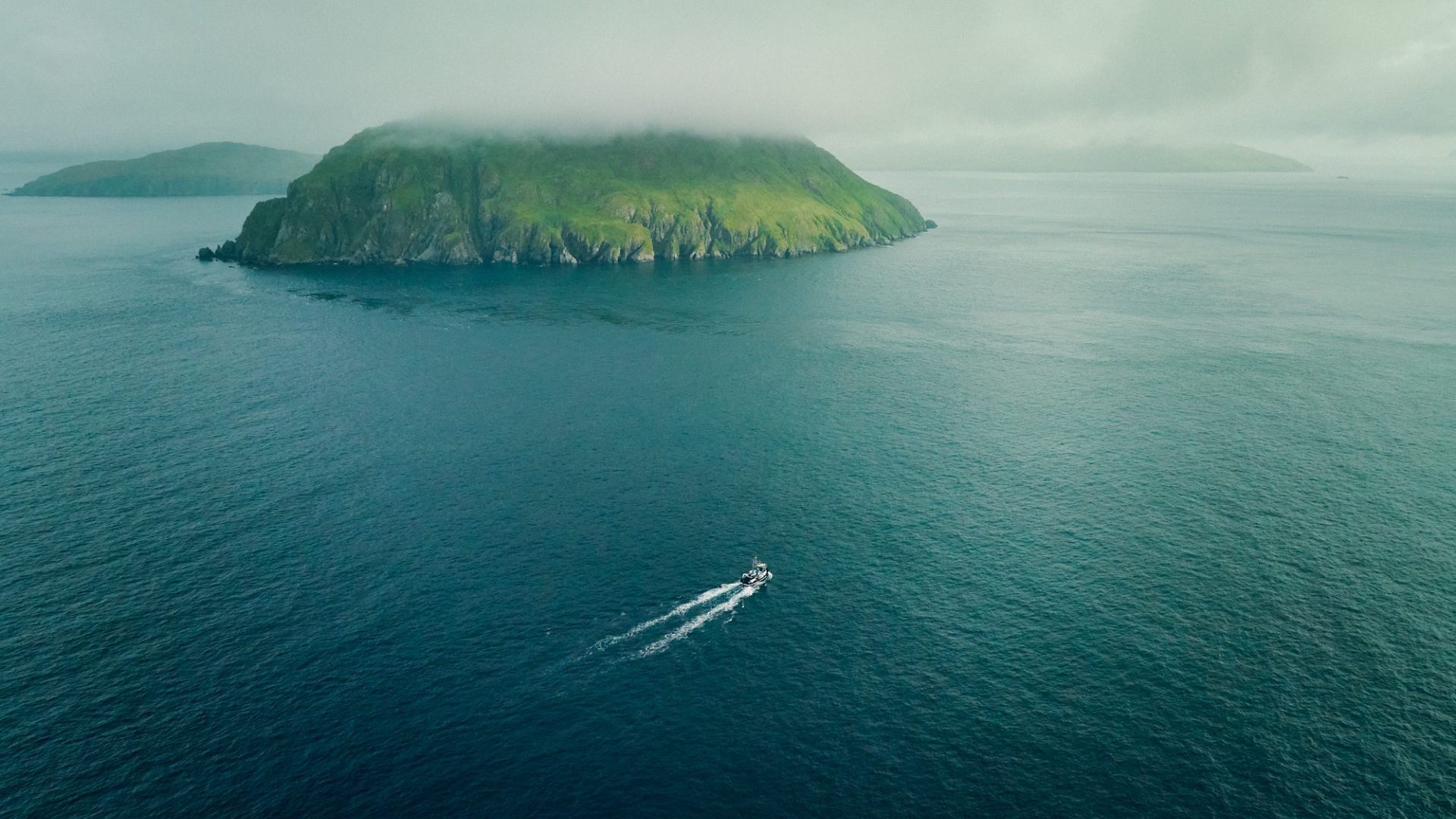
Never-before-surfed waves, active volcanoes and uncharted (literally, uncharted) waters, the duo behind Fielder Films have spent the last few years documenting the incredibly wild Aleutian Islands. Never heard of them? They want to change that.

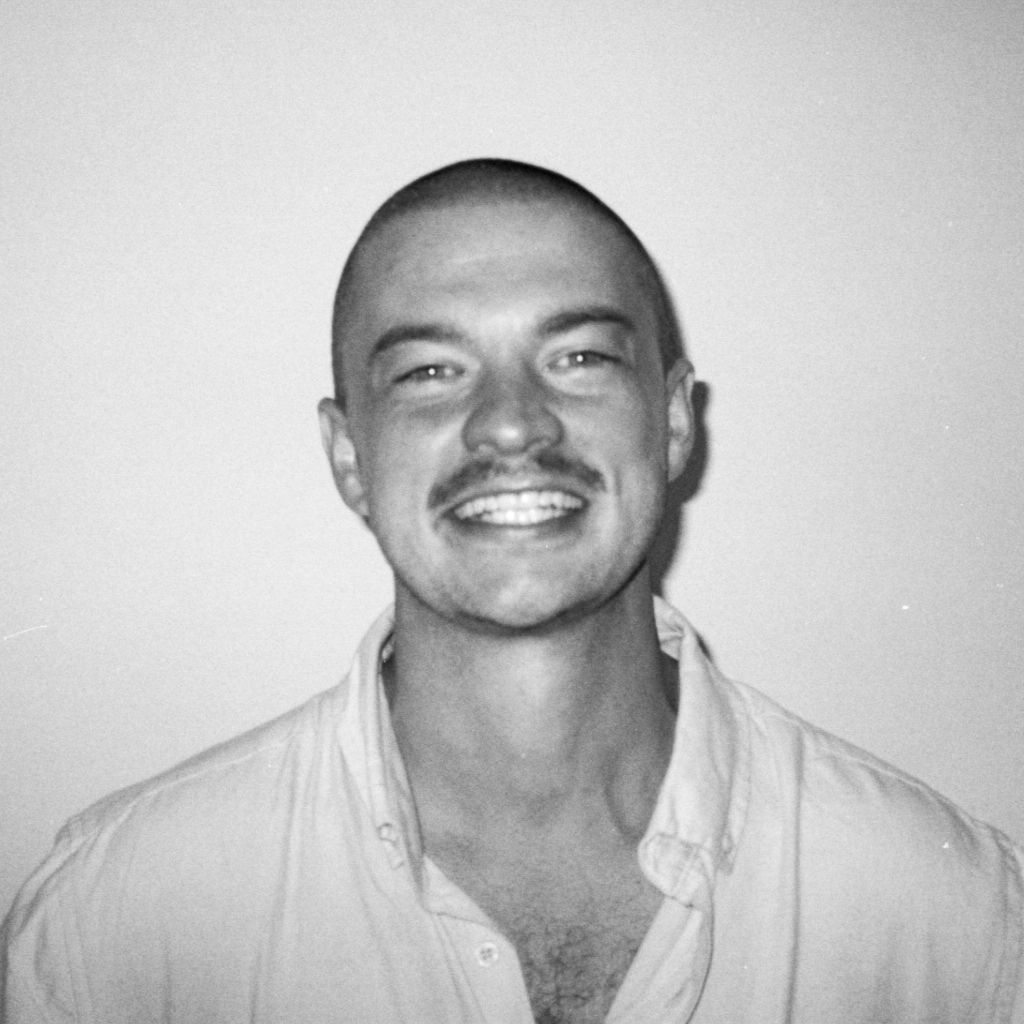
Never-before-surfed waves, active volcanoes and uncharted (literally, uncharted) waters, the duo behind Fielder Films have spent the last few years documenting the incredibly wild Aleutian Islands. Never heard of them? They want to change that.
Ben Weiland and Brian Davis are very comfortable being uncomfortable. Call it an unavoidable consequence of filming in the planet’s most remote reaches.
And though Iceland, Alaska and the Aleutian Islands are a far cry from San Diego, where the two are based, there’s something about these rugged, inhospitable landscapes that speaks to them. Their latest film, The Search for Volcano Island, is a testament to that.
The film, released in 2024, follows a group of Californian surfers trawling the Aleutian Islands, a remote archipelago in the north Pacific Ocean that stretches westward from the Alaskan Peninsula, in search of waves. One wave, in particular. These are wild waters, and Ricky McDevitt—the driving force of the surf group—is chasing a mythical wave he believes will break in the shadow of an Aleutian volcano.
“Nothing like this has ever been done,” Weiland explains to me from their studio in Oceanside. “It’s a crazy mission; such an extreme thing to do for the sake of surfing… I knew it was a once-in-a-lifetime opportunity.”
“We spend a lot of time traveling with pro surfers, but how relatable these guys were was really interesting to us,” adds Davis. “The raw adventure of it got us inspired.”
“You can Google some of the islands and no photos come up. We figured that even if we didn’t get to surf, we’d at least be documenting a unique place the world hasn’t seen. Waves on top of that would be a bonus.”
- Ben Weiland, filmmaker
Weiland has long been obsessed with cold-water surfing, having first dipped his toe in the scene through Arctic Surf, a blog he launched in 2009.
“I was basically a bedroom blogger looking for cold surf spots on Google Earth,” he tells me. “Then Surfer Magazine contacted me. Chris Burkard was the staff photographer at the time and he was like, ‘Hey, we should plan a trip to these places.’”
This was a big deal. Burkard is one of the outdoor scene’s most accomplished photographers, and soon, Weiland was traveling alongside him to Russia’s Kamchatka Peninsula, the Faroe Islands, and Iceland. Not long after he met Davis in San Diego, the two became fast friends and collaborators; Fielder Films was the natural evolution of this friendship.
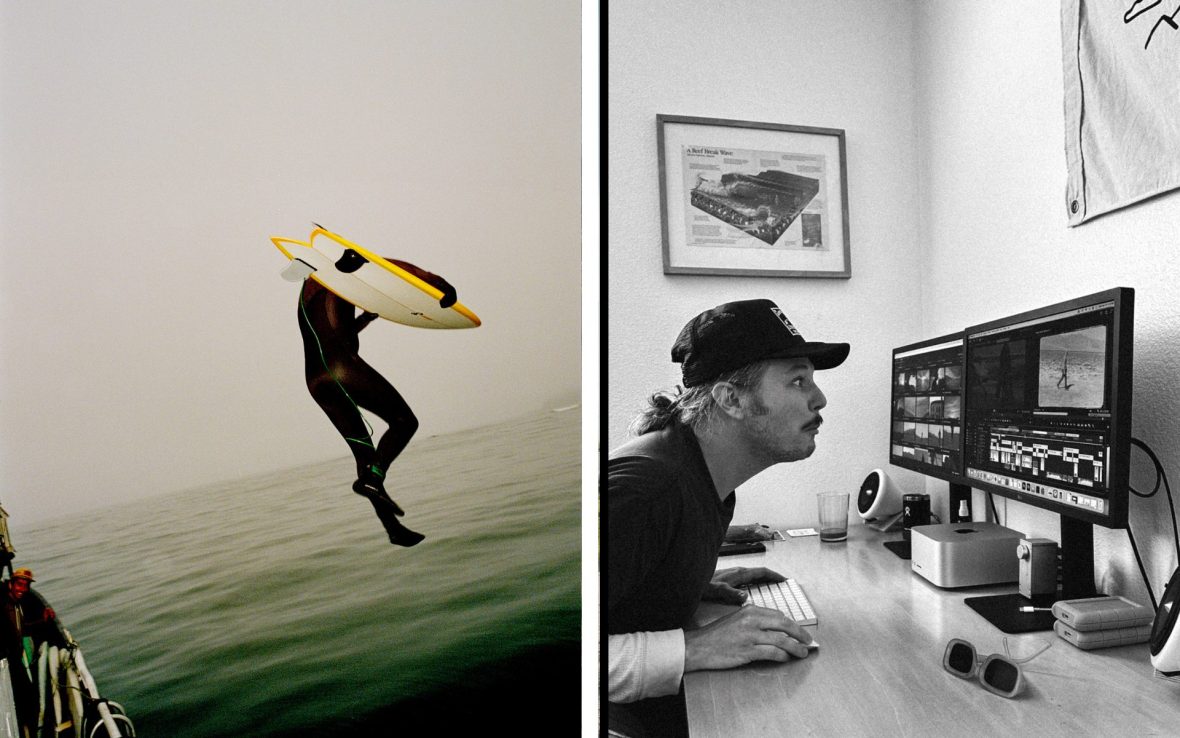
“We have this gritty approach to our filmmaking,” Davis says. “We both realized early on that we thrive in these unpredictable environments where some people might cave under pressure.”
“We’re always prioritizing films about places we’re passionate about,” adds Weiland. “One of those being the Aleutian Islands.”
Few places serve up unpredictability like the Aleutians. Forming the northern border of the Pacific Ring of Fire, these islands are a hotbed of seismic activity, a wild frontier stretching from Alaska to Russia. Fewer than 9,000 people inhabit just nine of the 69 islands.
“You can Google some of the islands and no photos come up,” says Weiland. “We figured that even if we didn’t get to surf, we’d at least be documenting a unique place the world hasn’t seen. Waves on top of that would be a bonus.”
“People don’t realize how remote it is until they see it,” says Davis. “It’s one of the hardest places to get to. The film had its logistical challenges, but it’s also the first of its kind because these places have never really been documented outside of people studying migratory birds and sea life. And yet the [Indigenous] Aleuts have lived out there for thousands of years. It’s a fascinating place when you really start to dive into it.”
‘Fascinating’ doesn’t come close to conveying the complex history of the Aleutians. These islands have been shaped as much by wild weather and isolation as they have by warfare, genocide and ongoing tension between traditional ways of living and the realities of modern existence.
“To see the stars align and get a glimpse of the potential that’s out there. That’s the bait that keeps me coming back. The beauty of trips like these is that for every answer, a dozen questions are opened up. I left feeling like we’d barely scratched the surface.”
- Ben Weiland, filmmaker
The Aleuts, or Unangas, have inhabited the islands for close to 10,000 years, but violence, displacement and disease severely reduced the population in the wake of 18th-century Russian incursions. As Eastern fur traders expanded their territory to include the Aleutian’s bountiful waters, the Aleuts found themselves systematically targeted, and those who weren’t massacred were taken hostage and forced to hunt.
The exploitative pelt industry continued when the US took control of the islands as part of the Alaska Purchase. This 1867 transfer of land from Russia to the US cost USD $7.2 million (approximately two cents per acre) and increased the US’s land mass by almost 600,000 square miles. The Aleutians would then be invaded by Japan in WWII, but as the crumbling military bases and an abandoned McDonald’s can attest to, there’s no taming a volcanic landscape where even trees struggle to put down roots.
“The man-made stuff just withers away,” Davis says. “It’s rubble compared to the natural things that have always existed.”
Weiland finds it hard to fathom perfection existing in such a raw place. He describes an ocean teeming with whales and orcas and enormous fur seals. Curious puffins who’ve made a home along the coast and freshwater streams chock full of salmon. Filming the journey may have been a long, tedious process—one not helped by fickle weather and uncharted waters—but they wound up finding a reef that Weiland swears was made for surfers.
Ricky and his crew wasted no time paddling into the peeling waves.
“Having come to places like this for so long, I know how rare an experience like this is,” Weiland says, reflecting on their find in the closing scenes of The Search for Volcano Island.
“To see the stars align and get a glimpse of the potential that’s out there. That’s the bait that keeps me coming back. The beauty of trips like these is that for every answer, a dozen questions are opened up. I left feeling like we’d barely scratched the surface.”
The Search for Volcano Island is now available to stream.
****
Adventure.com strives to be a low-emissions travel publication. We are powered by, but editorially independent of, Intrepid Travel, the world’s largest travel B Corp, who help ensure Adventure.com maintains high standards of sustainability in our work and activities. You can visit our sustainability page or read our Contributor Impact Guidelines for more information.
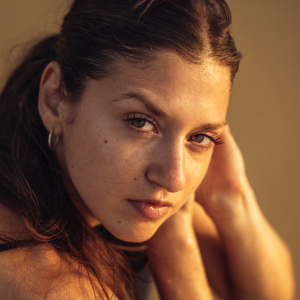

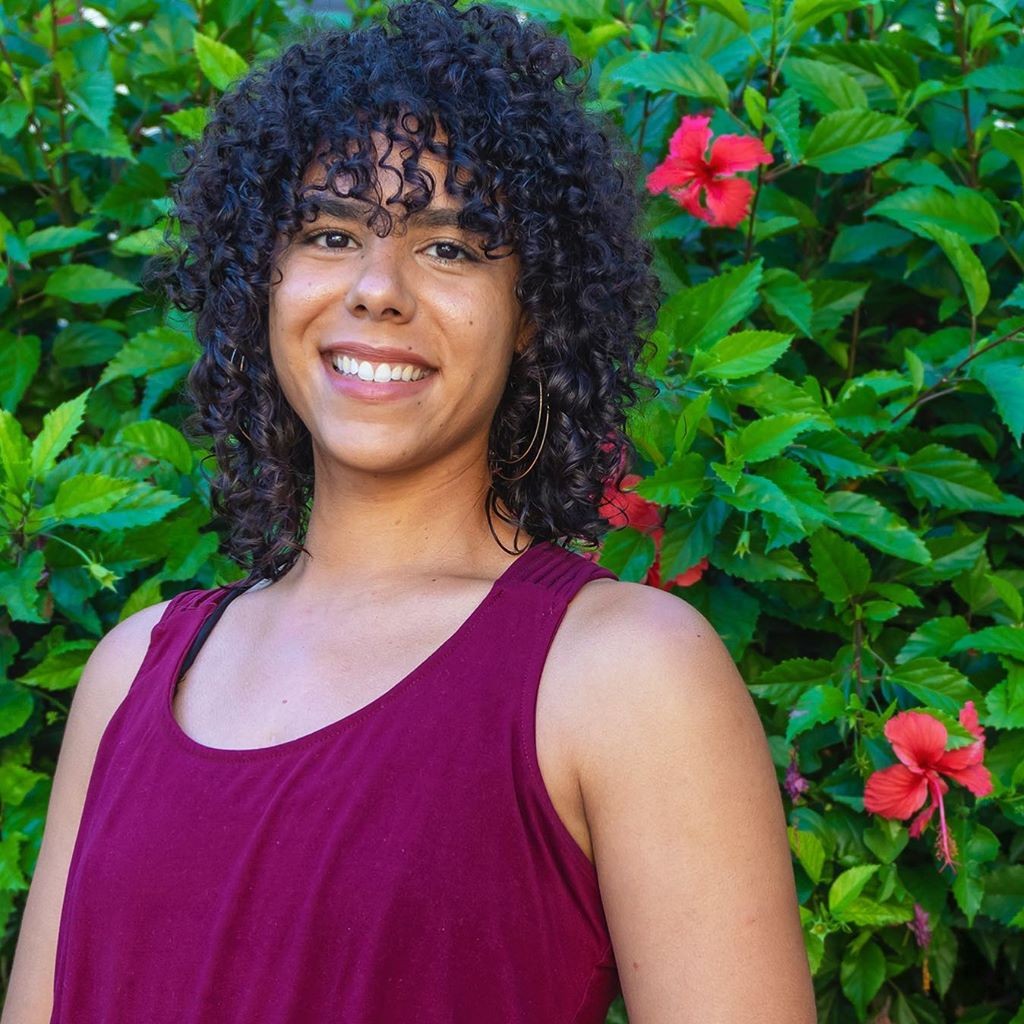





Can't find what you're looking for? Try using these tags: